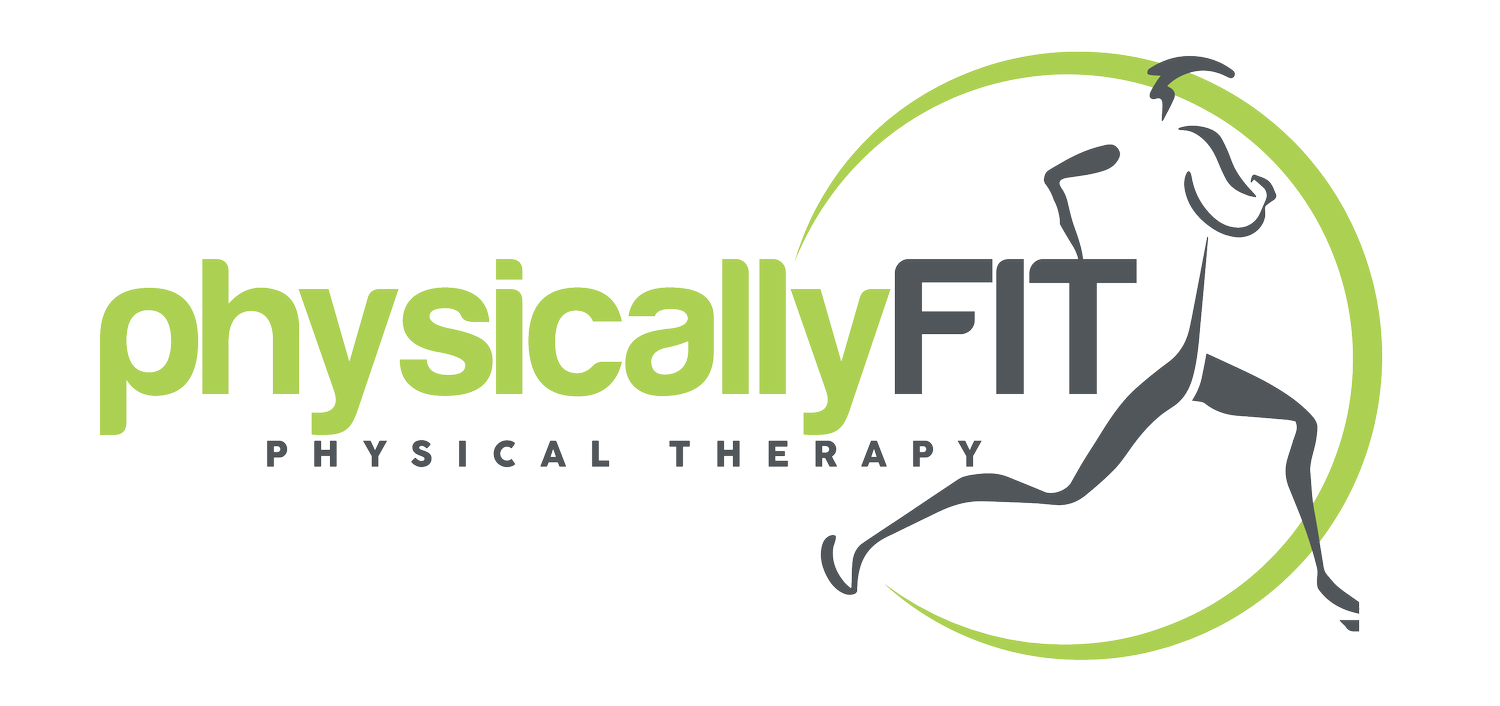Blog
How to Tell if Pelvic Floor is Tight or Weak: Complete Assessment Guide
Nearly one in three women experiences pelvic floor dysfunction at some point in their lives, yet many struggle to understand whether their symptoms stem from tight or weak pelvic floor muscles. This distinction isn’t just academic — it’s the key to choosing the right treatment approach and achieving symptom relief.

What is an Anti Gravity Treadmill: The Complete Guide to NASA’s Revolutionary Exercise Technology
What started as cutting-edge NASA technology to keep astronauts fit in space has become a revolutionary tool transforming rehabilitation and athletic training on Earth. An anti gravity treadmill represents one of the most significant advances in exercise and rehabilitation technology, offering a safe way to maintain fitness while dramatically reducing impact on the body.
What to Wear to Physical Therapy: Complete Clothing Guide for Your Sessions
One common question patients ask before their first physical therapy appointment is: “What should I wear?” While it might seem like a simple consideration, the right outfit can significantly impact your physical therapy session’s effectiveness and comfort level. Proper clothing choices enable your licensed physical therapist to conduct thorough evaluations, provide hands-on treatments, and ensure you can perform various exercises safely.

How Often Can You Do Dry Needling: Complete Treatment Frequency Guide
Determining how often you can do dry needling isn’t a one-size-fits-all answer. This comprehensive guide will help you navigate the complexities of treatment scheduling, from initial sessions through long-term maintenance, ensuring you get the most from this effective treatment approach.

What to Expect at your Initial Physical Therapy Evaluation
When you arrive at our outpatient physical therapy clinic, you will be greeted by a receptionist or a staff member who will ask you to fill out or sign some paperwork. This paperwork typically includes a health history questionnaire, functional outcome measures, a consent form, and a privacy policy.

What Does Dry Needling Do? Discover the Benefits and Myths
Explore what does dry needling do and uncover the benefits of dry needling. This therapy targets muscle trigger points, alleviates chronic pain, and enhances mobility, making it a valuable tool in modern physical therapy.

Blood Flow Restriction Therapy: Myths vs. Facts
Uncover the realities of blood flow restriction therapy as we debunk common myths and highlight its benefits for muscle growth, recovery, and rehabilitation. Learn how BFR can enhance your fitness journey safely.
How To Prevent Knee Injuries: Your Guide to Staying Active and Injury-Free
Learn how to prevent knee injuries with Physically FIT Physical Therapy’s expert tips on exercises, balance, and footwear. Our injury prevention specialists guide you in maintaining healthy knees and ankles, ensuring you stay active and injury-free. Join our community focused on your long-term joint health today!

Unlock Wellness with Pelvic Floor Stretches: Your Guide to a Stronger Foundation
Explore effective pelvic floor stretches and pelvic floor yoga stretches to strengthen and relax your crucial muscle group. Learn how these exercises can improve internal organ support, urinary control, and overall well-being.
Patients Require Patience for a Positive Recovery
Physical therapy is a highly effective form of treatment for a wide range of musculoskeletal conditions, injuries, and chronic pain. However, patients undergoing physical therapy treatment must have patience to achieve optimal outcomes.
Unlocking the Power of Blood Flow Restriction Therapy: Enhancing Performance and Recovery with the Latest Exercise Technique
Blood Flow Restriction (BFR) Therapy, also known as occlusion training, is a relatively new method of exercise training that involves restricting blood flow to specific muscles while performing exercises. This technique has gained popularity in recent years due to its potential benefits in both rehabilitation and performance training.
Revolutionizing Pain Management: The Surprising Benefits of Dry Needling Therapy
Dry needling is a form of therapy that has gained popularity in recent years for the treatment of pain and muscular dysfunction. It involves the insertion of thin, sterile needles into the skin and underlying tissues, with the aim of stimulating trigger points or muscular knots.
Weightless Workouts: The Future of Fitness with Antigravity Treadmills
Antigravity treadmills are a relatively new technology that has been gaining popularity in recent years. These treadmills use a unique air pressure system to reduce the amount of weight that a person puts on their joints while running or walking.
What it is like coming to Physically Fit Physical Therapy
We are an intimate clinic located in Norton MA on rt 123 in the same parking lot as The Gym at Norton. We treat a variety of conditions (insert). Our staff is compassionate, knowledgeable, and always willing to go the extra mile. We are equipped with special skill sets and equipment to elevate your care.
